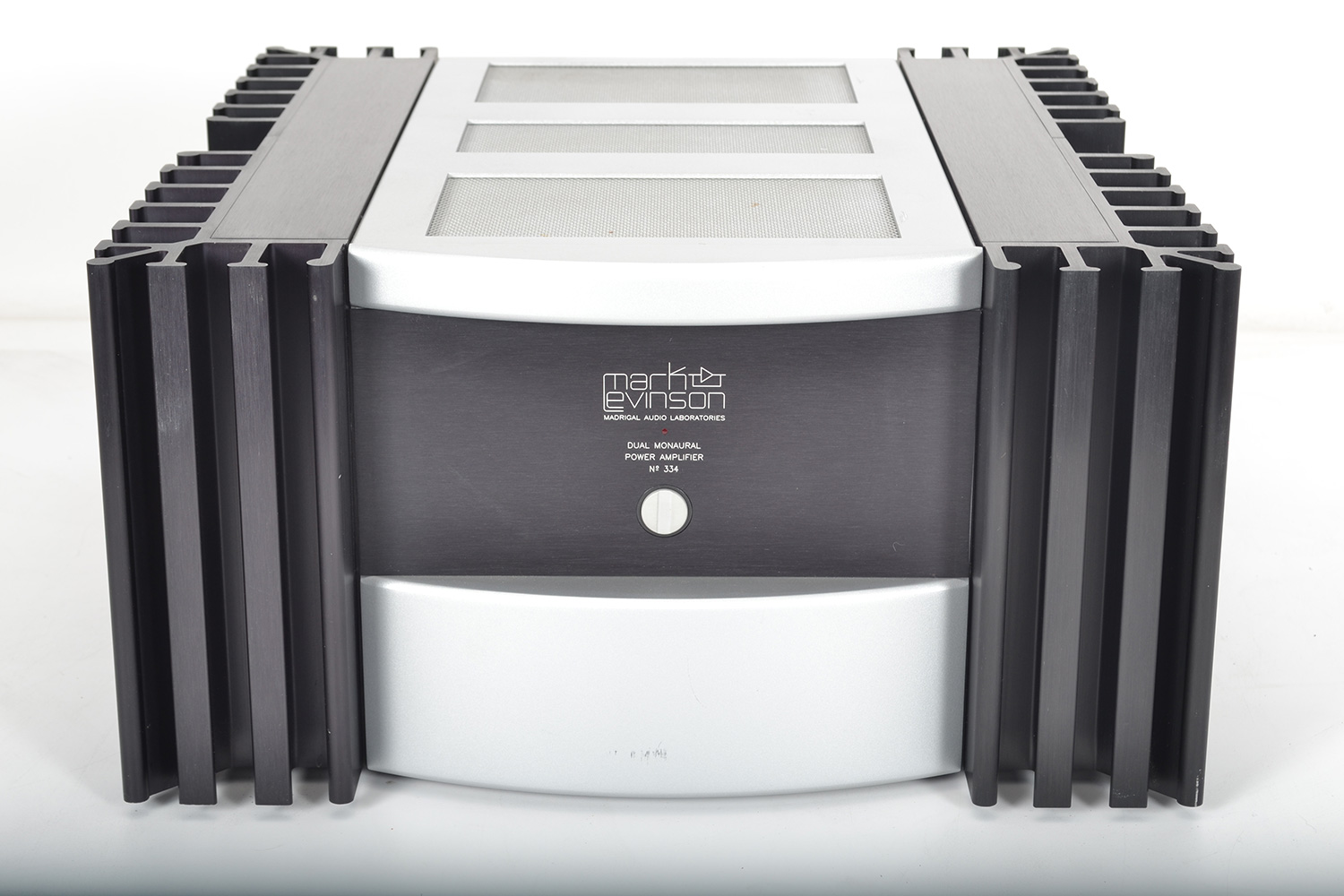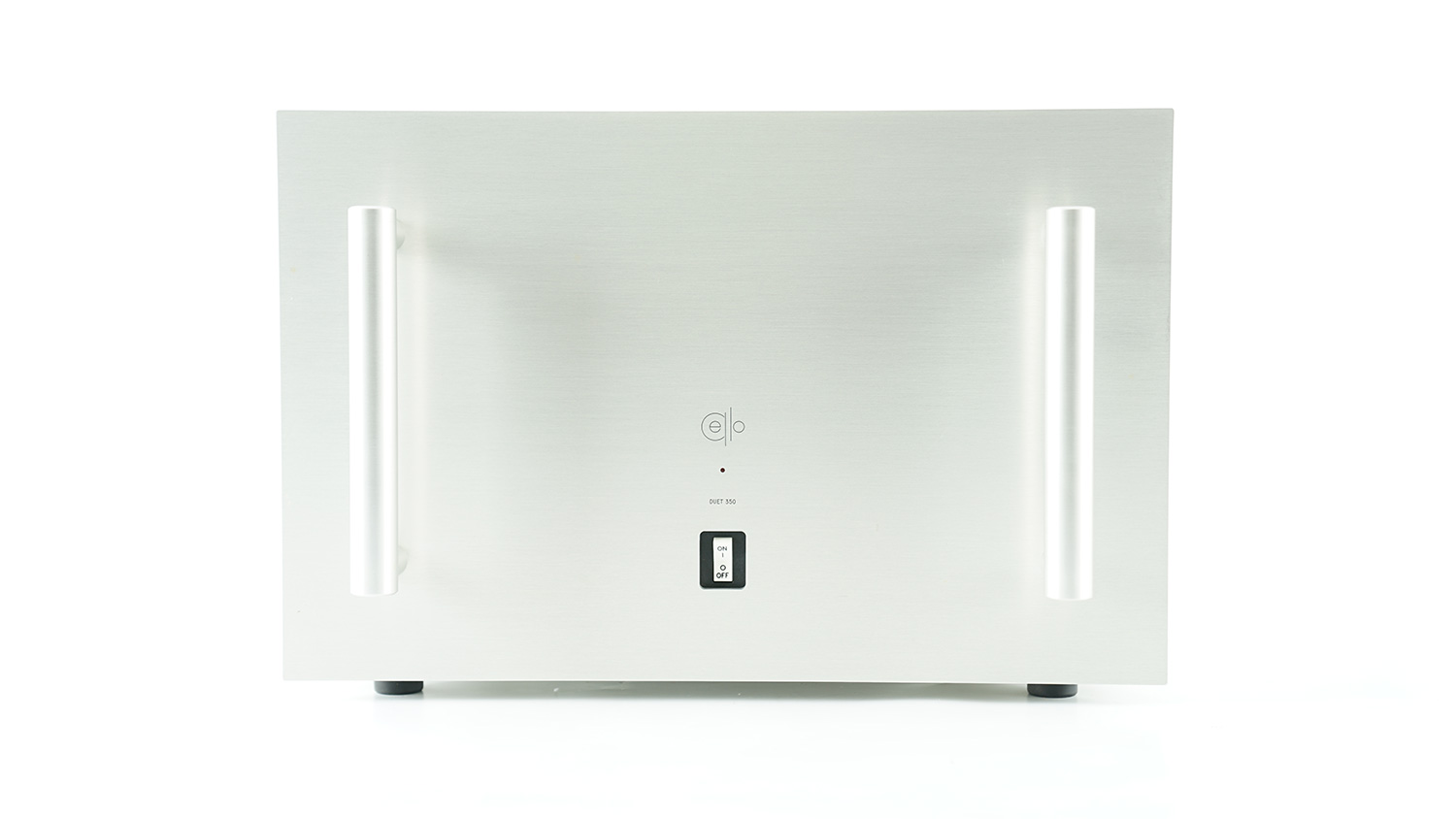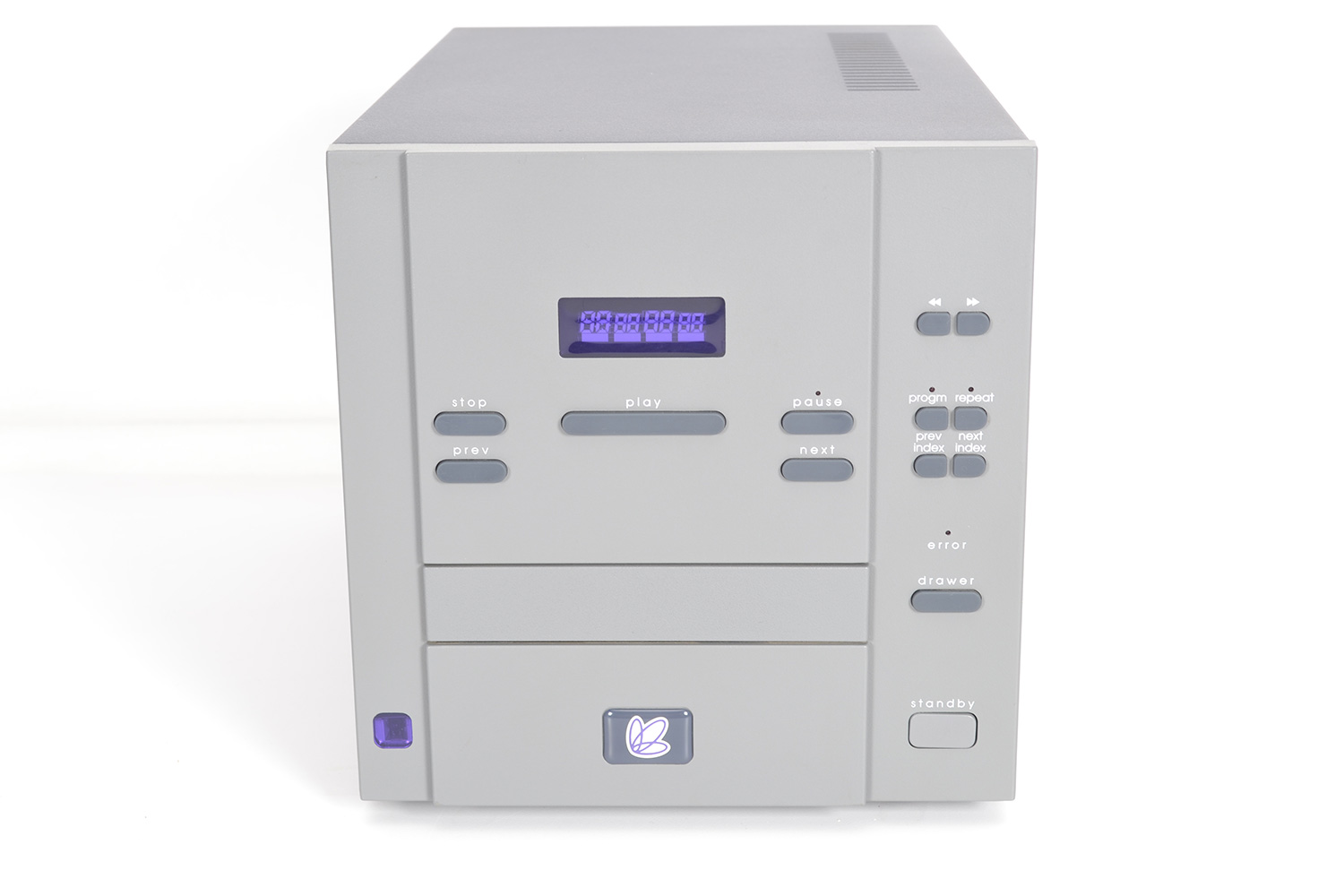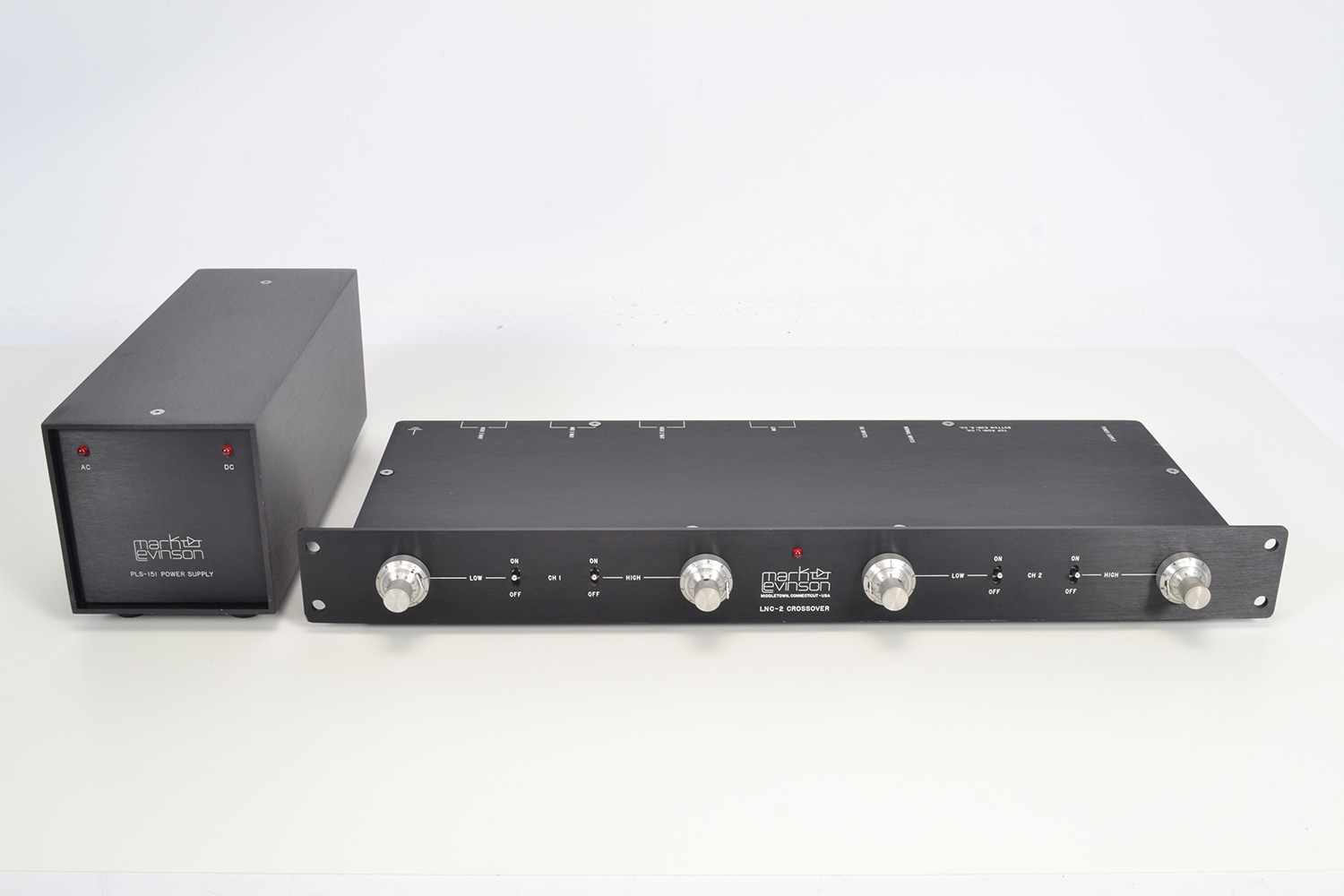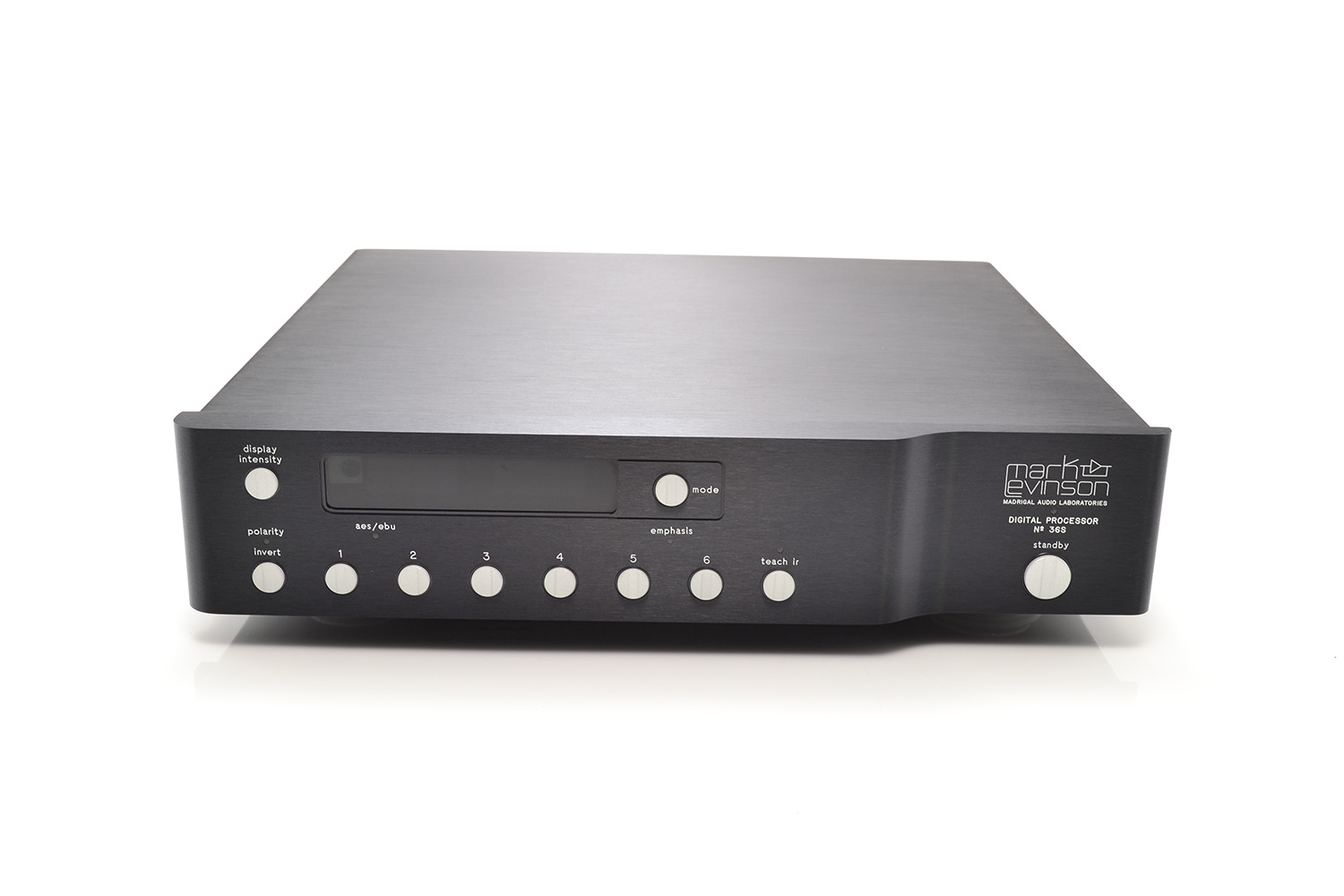
Levinson is one of the most dependable brand names when it comes to high-end audio systems. For years the brand has been recognized by audiophiles throughout the world as equipment that delivers clear and consistent quality in music.
What are the specs for the Mark Levinson No. 36s?
- Description:
- Digital-to-Analog converter with HDCD decoding and 20-bit resolution.
- Digital inputs:
- two AES/EBU on XLRs, two S/PDIF coaxial (one RCA, one BNC), one ST optical, one TosLink optical.
- Outputs:
- L&R balanced (XLR) and unbalanced (RCA) (analog), AES/EBU on XLR (digital), one each RJ-45 communications port and IR repeater port.
- Frequency response:
- 10Hz-20kHz, +0, -0.2dB.
- THD:
- 0.001% at 1kHz, 0dBFS, A-weighted.
- Dynamic range:
- 98dB (or better).
- S/N ratio:
- 105dB.
- Channel separation:
- better than 110dB.
- IM distortion (SMPTE IMD):
- 0.005%.
- FIFO jitter:
- under 20ps, uncorrelated.
- Output impedance:
- less than 6 ohms.
- Dimensions:
- 15.75" W by 3.76" H by 14.3" D.
- Weight:
- 35 lbs (shipping)
What else to know about the Mark Levinson No. 36s?
"The Levinson No.36S D/A converter is based, as noted above, on the No.36, and its external and operating features are virtually identical. (For more details on the common features than I present here, I refer the reader to our review of the No.36 in Vol.18 No.11, or to Levinson's own very thorough, product information.) The No.36S has the same full complement of digital inputs, with the same ability to designate a user name for each input on the front-panel LED window. It has the "Master Communications Ports" to link it to other Levinson 30-series components—like the No.37—giving the whole system greater flexibility than each component has alone. The No.36S also makes use of Levinson's "smart FIFO (First In, First Out)" buffer, which re-clocks the incoming data with high precision to minimize jitter. Madrigal claims less than 20 picoseconds of jitter for the No.36S. (If I were feeling cranky, I might ask if the jitter-reduction efforts in the No.37 are made somewhat redundant by the design of the No.36S. On the other hand, the No.36 will reject any jitter introduced after the No.37, such as if a low-bandwidth datalink is used.) The No.36S will decode at sampling frequencies of 32kHz, 44.1kHz, and 48kHz, though the FIFO does not operate at 32kHz, the still unused rate intended for use with satellite-broadcast digital radio. Also as in the No.36, the 36S shunts unselected inputs to ground. Internally, both processors are fully balanced in both their analog and digital circuitry (unbalanced digital inputs are converted to balanced before any processing is performed). The No.36S also provides for HDCD playback though the inclusion of Pacific Microsonics' PMD100 HDCD, 24-bit throughput, 8x-oversampling HDCD decoder/digital filter chip. And, like the 36, the 36S handles HDCD's inherent 6dB-lower level in its own unique way. Pacific Microsonics (who holds the HDCD patents) requires that HDCD processors decrease the level of playback for conventional discs, to match the level of HDCDs. Some processors do this digitally, which is not generally a sonically desirable way to change level—bits are literally discarded. The Levinson gives users an option: The standard mode is HDCD Auto, which performs level matching in the digital domain. But the user may also select HDCD Man, which restores full gain—and all bits—to conventional CDs. Madrigal recommends this mode for best sound, and it's what I used in my listening tests. (If the No.36S is used with either the No.38 or 38s preamp, the Communications Link system will perform the level-match automatically, at the preamp, in the analog domain.) But how does the No.36S differ from the No.36? The 36S includes more than 200 parts changes, including a four-layer, cyanate-ester main circuit board (in the 36, the same board is a two-layer, grade 10 glass-epoxy design). Roughly two-thirds of these parts changes are in the power-supply regulation for the analog board; the 36S power supply has a significantly lower output impedance. While the DACs in both converters are the same, the trimming in the 36S is performed via 0.0006%-accuracy Vishay bulk-foil hand-trimmed resistors, vs Vishay 0.01% potentiometers in the 36. There are also numerous other improvements and upgrades to the digital power supply, DAC bypass caps, digital clock, various improved capacitors, resistors, and internal cabling, and DAC shielding. Owners of the No.36 have not been left out in the cold by all of this. A "Performance Upgrade" of the No.36 to the No.36S is available for $2500—the same as the difference in price between the two units. A new faceplate reading "No.36S" is also available, but at additional cost." - Stereophile, NortonBrief History of Mark Levinson
Long mapped-to Binghamton New York – the current headquarters and manufacturing center for Mark Levinson Labs – not many people know the brand was originally launched outside of the Nation’s Capital in Silver Spring Maryland, in 1949. In 1956, the brand built their original facility in New York, according to the official brand website.
Other Mark Levinson Products We Often Buy
StereoBuyers has purchased tens of thousands worth Mark Levinson brand equipment since 2014, with individual buys ranging from $100 to well over $50,000. If you are moving, ready to upgrade, or have Mark Levinson equipment you do not or will not be using, why not contact us today to find out if it is worth good money?
If you are interested in selling your used Mark Levinson equipment to us in the greater NYC area or Colorado, please click here to fill out a Free Quote Form and we will get back to you. If we agree on terms, we come to meet you where you want, and pay cash.
The following images show actual Mark Levinson equipment purchased by StereoBuyers.
